The Language Corner
Multicultural Club

The Multicultural Club has been taking place all year with many new languages showcased This has been a very successful year for the club and next year will continue to promote cultural diversity in our community Wishing you the best for the holidays.
The Language Corner
EXAM AND HOLIDAY TIME EXAM AND HOLIDAY TIME
Wishingallour3rdyearand6thyearstudentstheverybestofluck intheexamsinJuneandwishingyouallagreatsummerholiday.
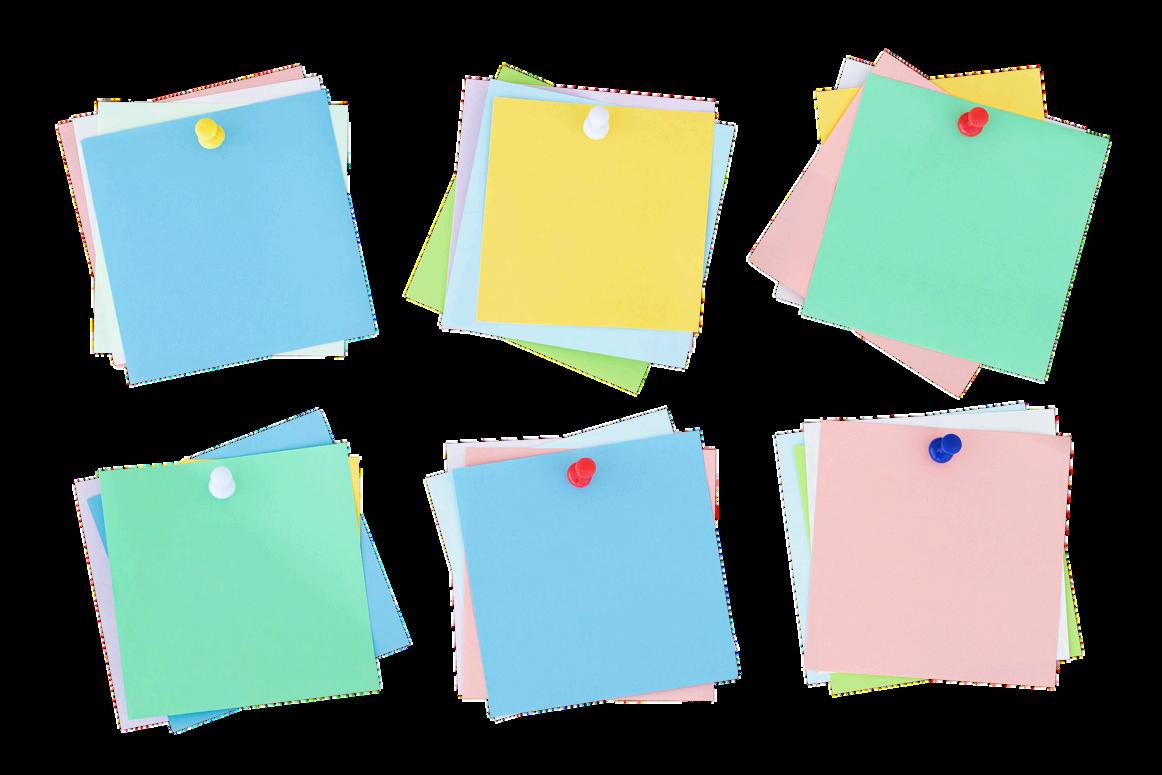
Życzymywszystkim naszymtrzecimi szóstymroku powodzeniana egzaminachwczerwcu.
AddIt’s‘Juurojtë gjithëvenjëverëtë mbarë. Shpresojmëqë diellitëshkëlqej
Bainigísultas saoirean tsamhraidh
Laiveicaseksāmenos!
What I like about Ireland
EveryyearinColáisteBrídewewelcomemanyInternationalstudents.Vladislava,oneof ourUkrainianstudents,explainswhatshelikesaboutIrelandandIrishculture.
In my opinion Ireland is known for its nature and nature-friendly environment, where both humans and animals can live together without distracting each other People in Ireland are very friendly and kind to each other and always ready to help if you’re in trouble. There are plenty of different cafes and restaurants in Dublin, choose what you want- from Indian takeaway to authentic asian cuisine restaurant Ireland is a good place to rest from roasting weather and to stay connected with nature.
By Vladislava Saievska, 5th Year, Rang Deirdre.
May 2024
The Language Corner 祝初三和⾼ 三学⽣考试 顺利
эУдачина кзаменах! Ż
ﻢﮑﯿﻠﻋمﻼﺳا Howareyou?-؟ﮯﮨلﺎﮨﺎﯿﮐﺎﮐپآ I’mfine–ںﻮﮨﮏﯿﮭﭨﮟﯿﻣ Bye-ﻆﻓﺎﺣاﺪﺧ
Hello-
A Focus on Culture
Pakistan
Rukhma,a5thyearstudentinourschool,describesthetraditionalfoodanddishesof Pakistan
Traditional dishes of Pakistan
Nihari is Pakistan's national dish and a favorite of people from all walks of life. It originated from the Urdu-speaking community, which brought the food to the Indian subcontinent.
The word “nihari” originated from the Arabic “nihar” meaning “morning”, so you won’t be surprised to know that Nihari is a famous Pakistani brunch dish of stewed beef shanks or mutton that are fall-off bone tender. This dish is pleasantly flavorful with a buttery-rich, dripping sauce that’s savored with naan or chapati.
Another famous food in Pakistan is Biryani
Biryani is the most loved dish in Pakistani cuisine, and there’s a neverending debate whether biryani or nihari be given the status of the national dish of Pakistan. It’s a meaty rice dish with alternate layers of buttery meat curry, fragrant saffron rice, crispy browned onions, parsley, and lemon wedges
Pakoras - They are fried vegetable fritters that are deep fried and are very well liked and popular in Pakistan also sometimes served with naan. Pakoras are mostly preferred in rainy days.The recipe includes a mix of onions, potatoes and many other vegetables finely sliced and mixed with gram flour, chilli flakes, lemon juice and chilli powder It’s usually enjoyed with a cup of chai
Golgappay – They are also known as Pani Puri It’s a kind of crepe that is hollowed out to make a round shape and is filled with Imli Pani (Tamarind water), chaat masala, tamarind chutney, onions and chilli. Peope typically eat them on hot summer days when heat makes them sick and dehydrated
By Rukhma Yaseen, 5th Year, Rang Oisin.

The Language Corner MAy 2024
A Focus on Culture - Albania
Elizabeta moved to Ireland from Albania when she was 12. Here she describes the differencesinschoolbetweenAlbaniaandIreland.
Growing up, I had the privilege of experiencing two distinct educational systems in Albania and Ireland. Let me share my experiences and highlight the variations I encountered. In Albania, school was a structured affair We had long hours of classes, often starting early in the morning and ending late in the afternoon. The curriculum was rigorous, focusing heavily on subjects like mathematics, language, and science There was a strong emphasis on rote memorization, and I spent countless hours committing facts to memory. One of the most noticeable differences was the classroom environment. In Albania, classrooms tended to be more traditional, with rows of desks facing the teacher at the front The teaching style was typically teacher-centered, with the instructor delivering lectures while students listened attentively and took notes There was less emphasis on interactive learning or group activities. Another aspect that stood out to me was the grading system. In Albania, grades were often based solely on exams, quizzes, and homework assignments. There was little room for extra credit or alternative forms of assessment As a result, there was a lot of pressure to perform well on exams, as they carried significant weight in determining final grades. When I moved to Ireland, I was struck by the differences in the educational system School hours were shorter, and there was more emphasis on independent learning and critical thinking Classrooms were more relaxed and interactive, with students encouraged to ask questions and participate in discussions This was a refreshing change from the more rigid atmosphere I was accustomed to in Albania. The curriculum in Ireland also differed in some key areas While core subjects like math and language were still important, there was more emphasis on subjects like art, music, and physical education. I appreciated the opportunity to explore different areas of interest and develop a more well-rounded education One of the biggest differences I noticed was the grading system. In Ireland, grades were often based on a combination of exams, coursework, and participation. There was also more flexibility for students to improve their grades through extra credit assignments or alternative assessments This gave me a greater sense of control over my academic performance and allowed me to showcase my strengths in different ways
Overall, my experiences in both Albanian and Irish schools have shaped me in different ways. While Albania provided me with a strong foundation in core subjects and taught me the value of hard work and discipline, Ireland encouraged me to think critically, explore my interests, and take ownership of my learning. Both systems have their strengths and weaknesses, but I am grateful for the opportunity to have experienced both
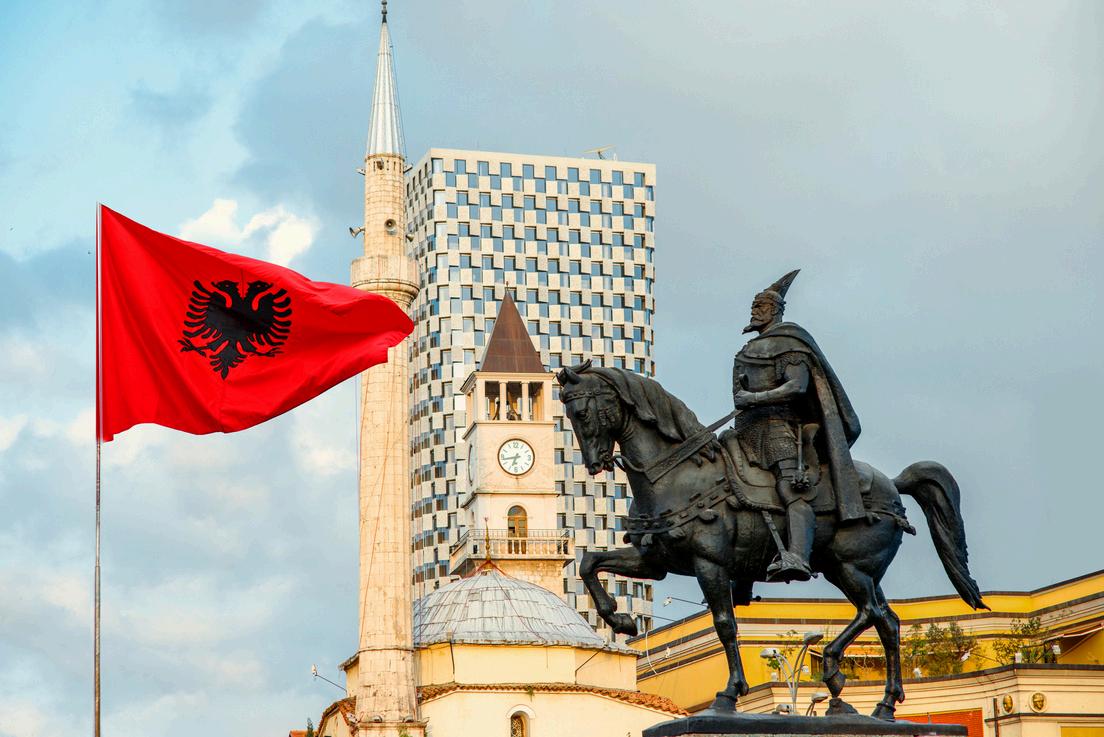


The Language Corner MAy 2024
A Focus on Culture - Albania
AlbanianLanguage Background
The Albanian language is really special because it's like no other It's part of the big family of Indo-European languages, but it's kind of its own thing. One cool thing about it is that it doesn't have different words for "he" or "she" – it's just "they". It's spoken by over 7 million people, mainly in Albania and Kosovo But what's super interesting is how it's been influenced by other languages over time, like Latin, Greek, Turkish, and Slavic languages. Even though Albania has been through a lot, with different rulers and other situations, the language has stayed strong. It's like a symbol of pride for Albanian people, showing their history and culture. So, even though it might seem small compared to other languages, Albanian has a big story to tell
TheAlphabet
The Albanian alphabet is like a secret code that helps people in Albania and Kosovo write down their language It's special because it has 36 letters, which is more than English! Each letter makes a different sound, so when you put them together, you can say all kinds of words. What's really neat is that the Albanian alphabet was made by a guy named Naum Veqilharxhi way back in the 19th century He wanted Albanian people to have their own way of writing, so he made this alphabet just for them. Now, kids in Albania learn it in school, and it's a big part of their culture and identity So, even though it might look different from the ABCs we know, the Albanian alphabet is a cool way for people to express themselves and share their stories.
By Elizabeth Berisha, 5th Year, Rang Naoise
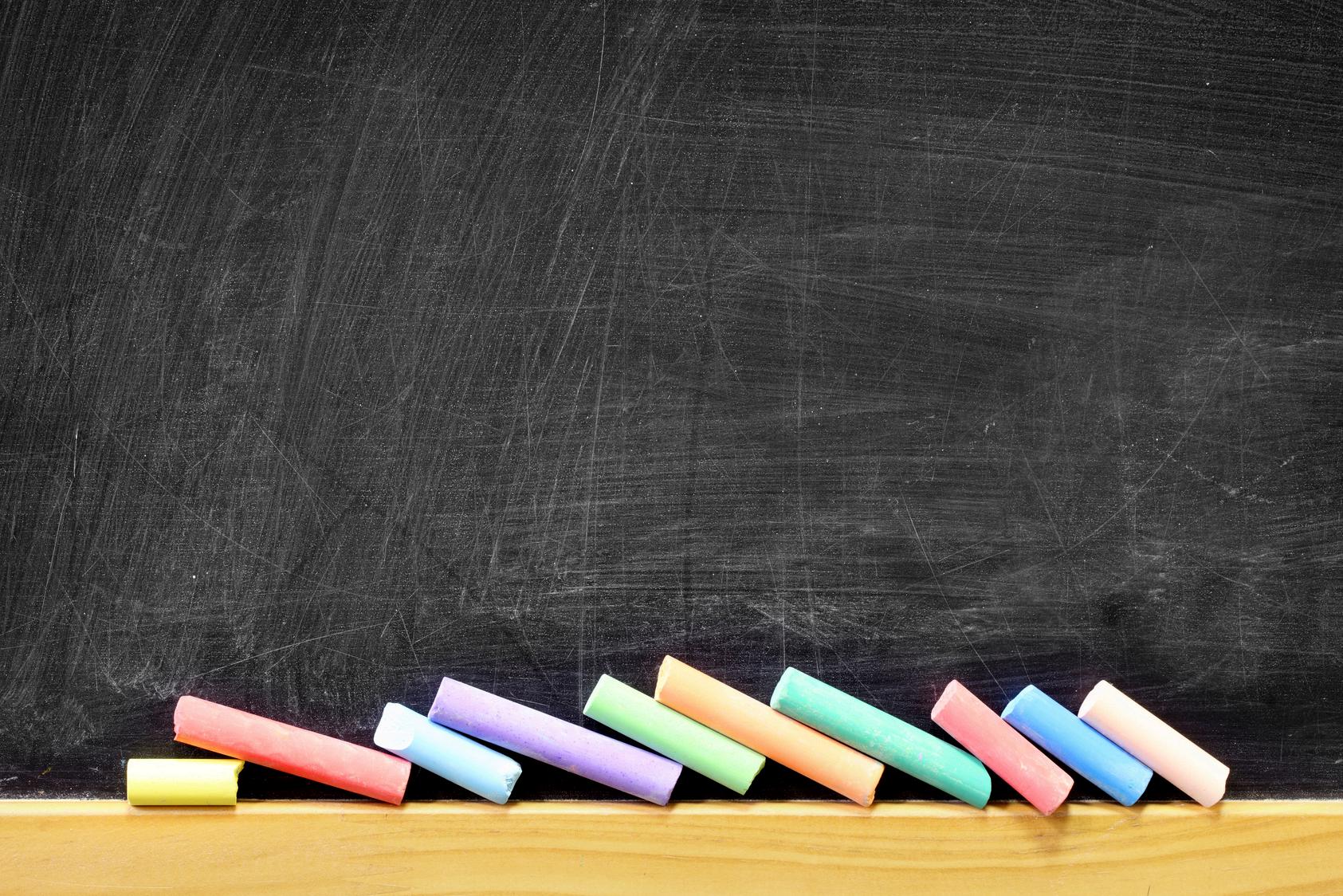
Commonphrases:
1. Mirëdita!(Mee-ruh-dee-tah)-Goodmorning!
2. Mirëmbrëma!(Mee-ruhm-breh-mah)-Goodevening!
3 Faleminderit!(Fah-leh-meen-deh-reet)-Thankyou!
4. Julutem.(Yooloo-tehm)-Please.
5. Po.(Poh)-Yes.
6. Jo.(Yoh)-No.
7. Sijeni?(Seeyeh-nee?)-Howareyou? 8 Tung!(Toong)-Bye!
9. Siquheni?(Seekoo-heh-nee?)-What'syourname?
10. Unëquhem...(Oo-nuhkoo-hehm...)-Mynameis...
The Language Corner
MAy 2024
A Focus on Culture - Moldova
Adriana, one of our 1st year students, tells us about her home country Moldova
Moldova is a small country in Europe located between Romania and Ukraine. The official language of Moldova is Romanian, but we do speak Russian a lot as well The main religion is Christian Orthodox The Moldavan traditional clothes preserve general Romanian elements, such as the Dacian blouse, gathered at the neck, belts, peasant coats, sheepskin coats, and traditional foot wraps Moldovan food is a source of immense national pride With its mămăliga (polenta), stews, aspic, cheese or pumpkin pies and sour cherry dumplings
One of the key figures in the preservation and promotion of Moldovan traditions is the renowned folklorist and writer Ion Creanga. Creanga's work, which includes collections of folk tales and songs, has played a significant role in keeping Moldovan traditions alive Another influential figure in the field of Moldovan traditions is Maria Codrescu, a folklorist who has dedicated her life to studying and documenting the country's rich cultural heritage.
Since Moldova is a Christian Orthodox country, we celebrate Easter on a later date (Orthodox churches base their Easter date on the Julian calendar) This year, 2024, it’s on May 5th Moldovans bake Easter desserts and Easter bread which must be sprinkled with holy water in church. The main dishes served at Easter in Moldova is lamb. On Easter morning, we wash our faces with water from a bowl to which they add one white egg, one red egg and a coin This tradition is very important to me since it brings back so many memories from my childhood with my cousins and family On Easter, the people greet each other with “Hristos a inviat!” (Christ has risen) and the answer is “Cu adevarat a inviat!” (He is risen indeed). Once again, we celebrate Christmas on a later date as because of the Julian and Georgian Calander On Christmas Eve, children, but also adults, go door-to-door to announce the birth of Christ They usually sing carols accompanied by mini plays, for which they are rewarded with sweets or money. Like other countries we exchange gifts and have dinner with family and friends. Moldovan culture is a rich tapestry of traditions, beliefs, and customs that have been shaped by centuries of history and influences from various civilizations. Moldova has a diverse cultural heritage that reflects its complex past. The country has been inhabited by various ethnic groups, including Romanians, Russians, Ukrainians, Gagauz, Bulgarians, and others. Each contributing to the unique blend of traditions that make up Moldovan culture
By Adriana Graur, 1st Year, Rang Caoilte.
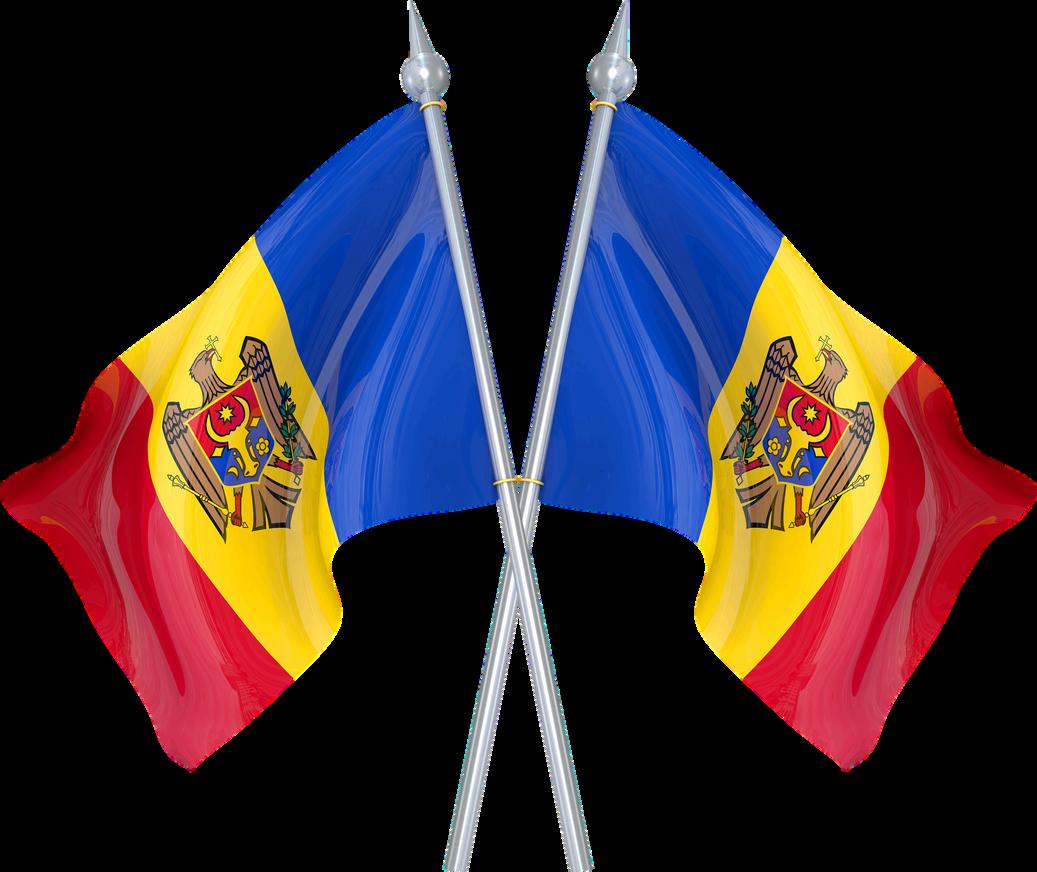
The Language Corner
MAy 2024
Festival Celebrations
Lia and Aniela tell us about Paştele
What is Paştele Blăjinilor?
Many Eastern European Orthodox countries celebrate “Paştele Blăjinilor”, which is also known as Memorial Easter. This celebration takes place eight days after Orthodox easter In Moldova this celebration is a national celebration. The event is of great importance to the strong believers of Orthodox The celebration's original roots are Pagan, but it later became adopted by Orthodox practices During this celebration, families go to church and then to the cemetery where they clean their family's grave and wait for the priest to bless it
During that time the families would make and give other people “Pomeni”, this is a handout, which inside there will be a hard-boiled egg that is decorated, with bread, candy, a small cotton towel, candles and matches When giving a "pomeni," one will say "For the soul of [name of relative]." The other person will respond with "bodaproste," meaning "God forgive." After this families would go home and have a nice family dinner
By Lia Cretu, 6th Year, Rang Darragh
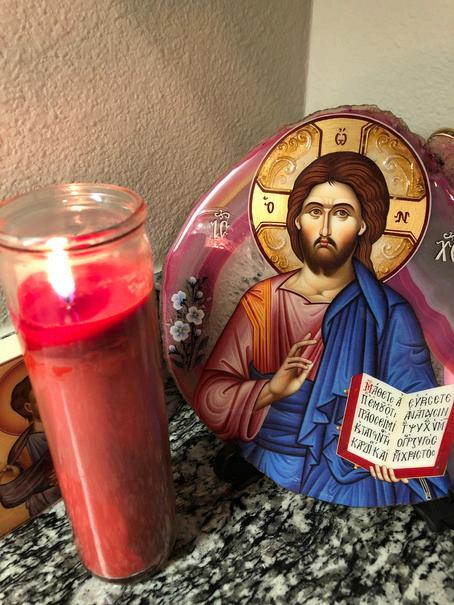
Blăjinilo
and Polish traditions.
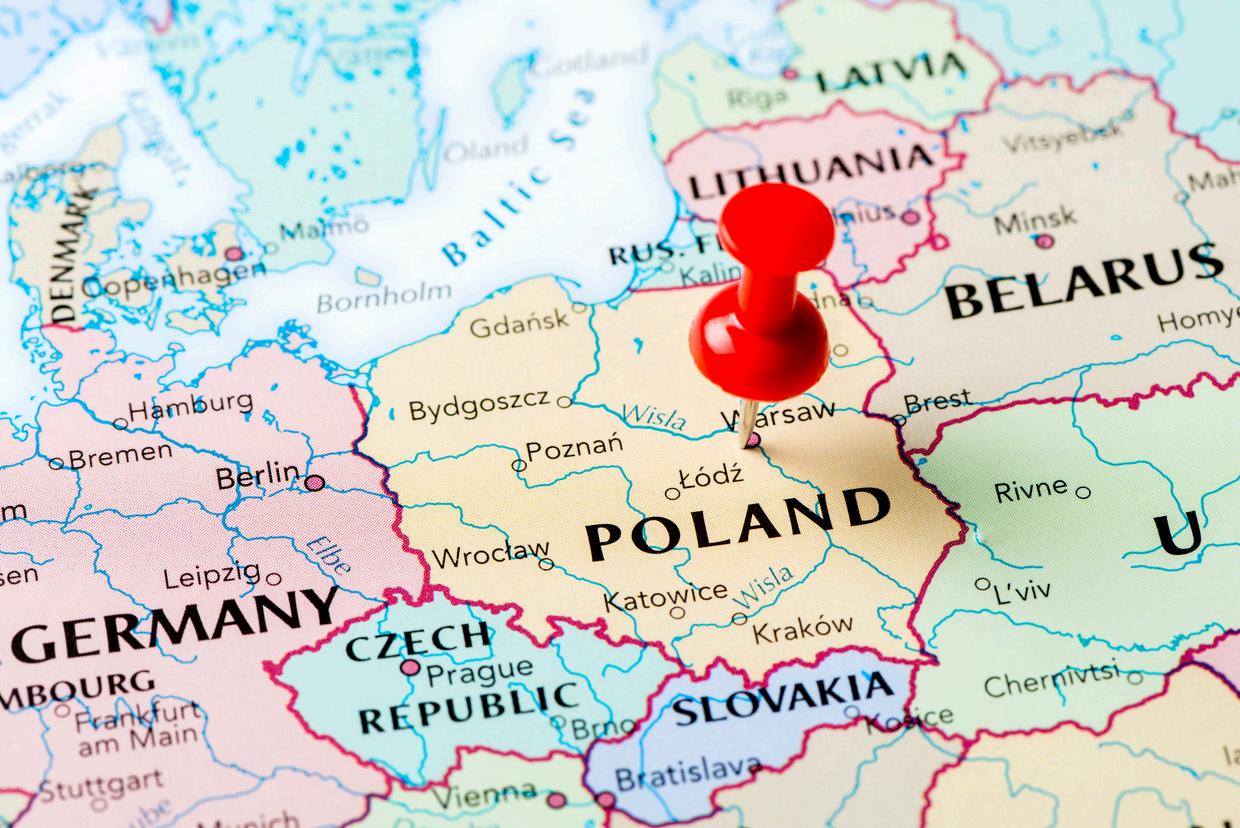
Polish Traditions
A Polish tradition is Śmigus-Dyngus, celebrated on Easter Monday, where people playfully splash water on each other to symbolize cleansing and rejuvenation. Another fascinating tradition in Poland is Andrzejki, which is celebrated on November 30th It's a night of fortune-telling and predicting the future. People gather together and participate in various activities like pouring hot wax into cold water to create shapes, interpreting the patterns to reveal their future It's a really fun and mystical event! Another tradition you might find interesting is the Polish wedding tradition Polish weddings are known for their lively celebrations, delicious food, and vibrant folk dances. The couple and their guests participate in various customs like the "oczepiny" (unveiling of the bride) and the "czepiny" (the bride's hat) It's a joyful and memorable occasion!
By Aniela Jarosik, 2nd Year, Rang Aoife
The Language Corner
MAy 2024
Georgian Independence Day
GeorgianIndependenceDay isamostcelebrateddayinGeorgia.Mariam,our multiculturalprefect,tellsusaboutthisspecialday.
Georgia's Independence Day is a national holiday of Georgia, which is celebrated every year on May 26th marking this day as its independence from the Russian Empire and significance of country’s freedom.
Georgia carries a long and rich history, dating back to the 6th century BC The country has been overrun and occupied by many different empires over the centuries.
Georgia was annexed by the Russian Empire in the 19th century and its independence journey started with the Russian Revolution in 1917. The revolution began to oppose widespread corruption, growing dissatisfaction among people and the monarchy, which started during the First World War, and lasted for a few years After this revolution on this day in 1918, Georgia declared its independence.
However, this independence didn’t last long as Georgia was again invaded by the Soviet Russian army in 1921 and had to incorporate into the newly formed Soviet Socialist Republics. Forwarding 70 years later, in April 1991 the Soviet Union collapsed and Georgia regained independence
This is why May 26 continued to be Independence Day and April 9 was declared as the Day of National Unity, Civic Concordance, and Remembrance
Both days are celebrated as national holidays. The Independence Day of Georgia is celebrated throughout the country with great festive events. "This day is ours" is confirmed by a festive mood and various activities
The main event - the ceremony is held at Freedom Square, at the historical time of the declaration of independence at 17:10, with the performance of the national anthem All over Georgia, streets and everything are decorated with Georgian flags. Tbilisi and regions will host cultural, sports and entertainment events dedicated to the Independence Day, wine tasting, theatrical performances, concerts in which famous Georgian artists take part in On Rustaveli Avenue, people promote Georgian culture and sale of Georgian products, where you will find various foods, Georgian wines, entertainment spaces, various workshops, etc at the events.


 By Mariam Samkanashvilu, 5th Year, Rang Diarmaid
By Mariam Samkanashvilu, 5th Year, Rang Diarmaid
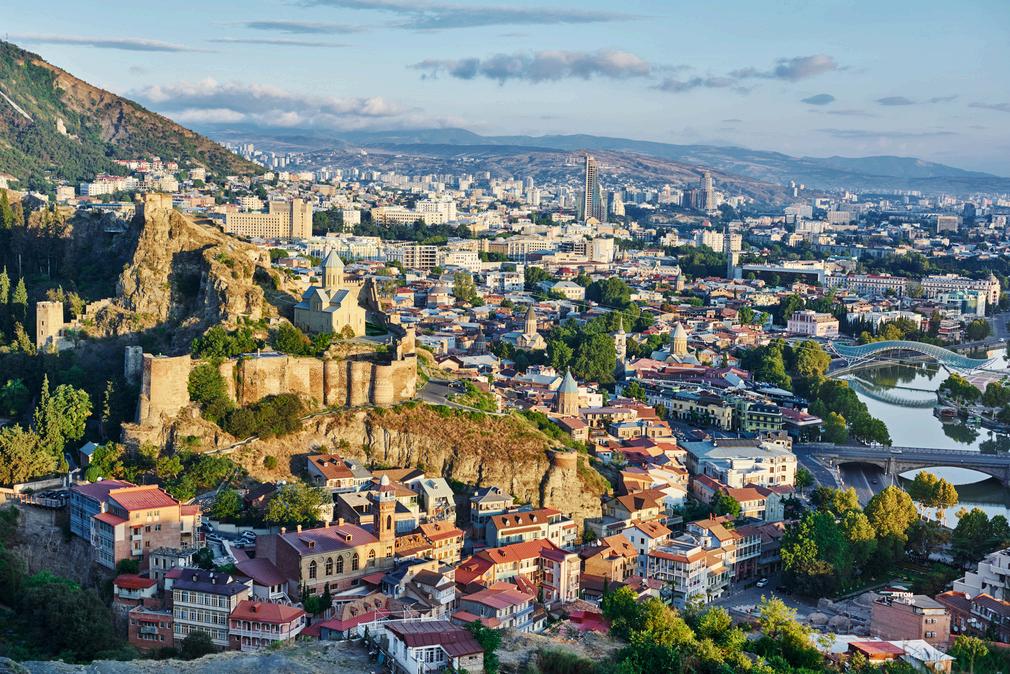
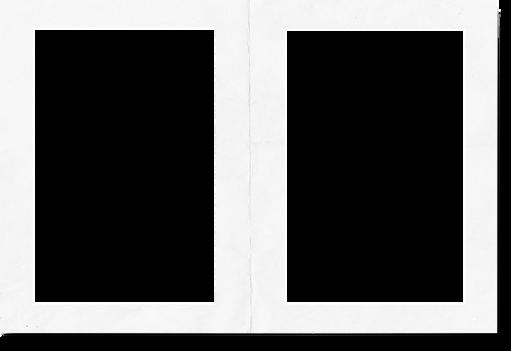
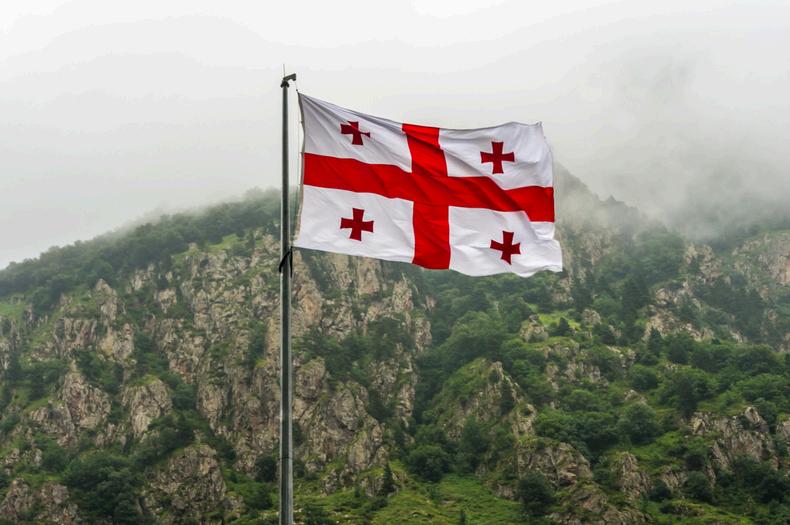
26thMayis


The Language Corner MAY 2024
Georgian
Day
Independence













